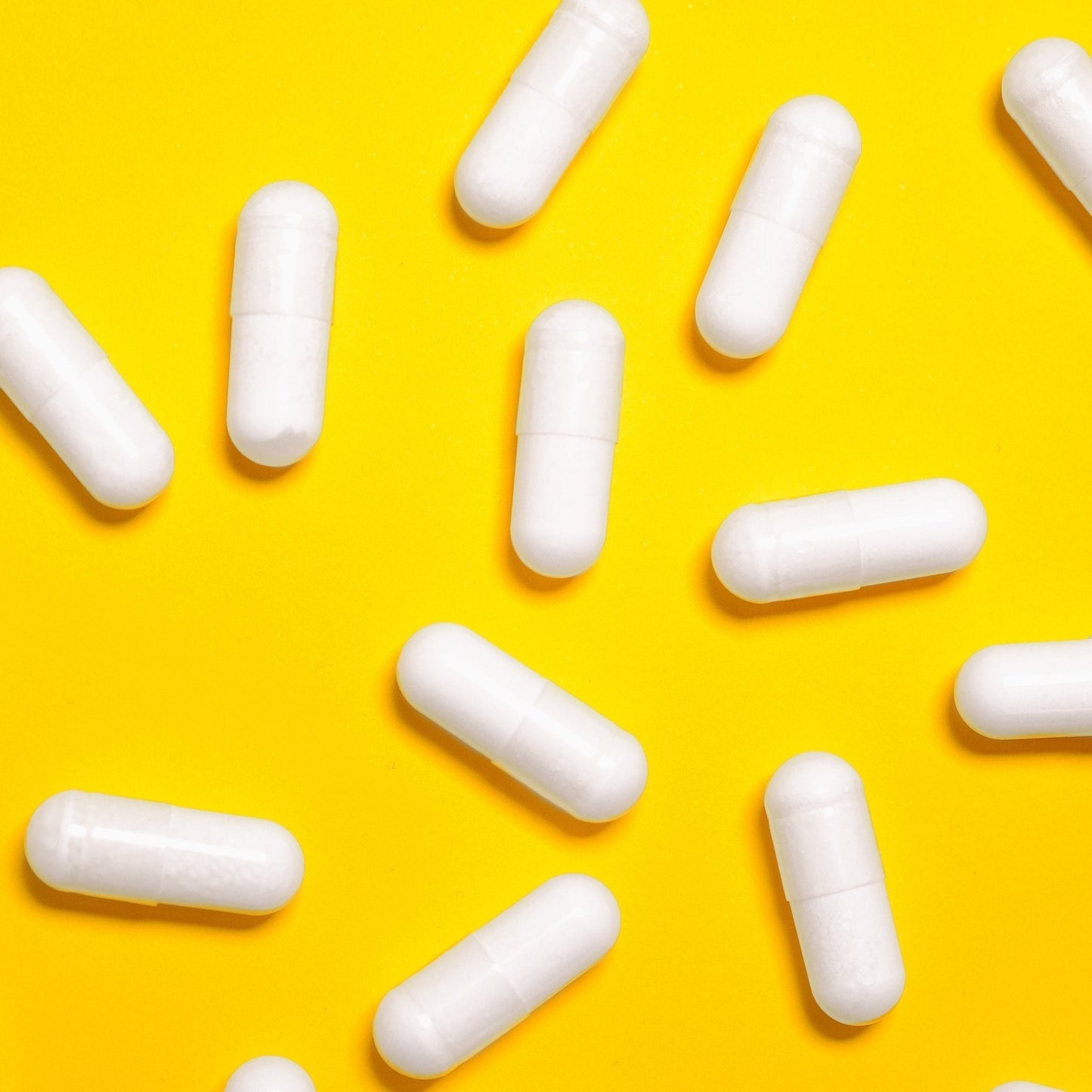
Sea Moss Capsules vs Gel: Which Is Right for You?
Author: John S. Matthews | Updated: Monday, 13 October 2025 | 15:05 BST
Choosing between sea moss capsules and sea moss gel? This unbiased UK guide compares taste, convenience, serving sizes, storage, travel, and cost—so you can pick a format that genuinely fits your day-to-day routine.
Featured Summary: Capsules are mess-free and travel-friendly; gel is versatile for food and drink. Most people use small daily amounts: gel (1–2 tbsp) or capsules per label instructions. Choose the format you’ll use consistently.
Quick Comparison
| Factor | Capsules | Gel |
|---|---|---|
| Taste | No taste | Very mild; blends into foods |
| Convenience | Easiest—just take with water | Great if you make smoothies/porridge |
| Travel | Ideal—no refrigeration | Refrigeration needed; less portable |
| Kitchen Versatility | Low | High (soups, sauces, oats, tea) |
| Storage | Cupboard (cool, dry) | Fridge; finite fresh window |
| Serving Control | Fixed per capsule | You can fine-tune teaspoons/tablespoons |
Sea Moss Capsules: Who They Suit
Best for: commuters, frequent travellers, anyone who dislikes kitchen prep or the idea of a gel texture.
- How to take: Follow the serving on your product label—often 2–4 capsules daily with water.
- Routine fit: Keep the bottle near your kettle, coffee machine, or vitamins so you never forget.
- Storage: Cool, dry cupboard—no fridge needed.
Good to know: Check the capsule label for a short ingredient list and transparent sourcing. If you avoid additives, look for clean formulas without unnecessary fillers.
Sea Moss Gel: Who It Suits
Best for: home cooks, smoothie fans, and families who like to add a spoon to everyday recipes.
- Typical use: Many people start with 1–2 teaspoons and build to 1–2 tablespoons per day.
- Versatility: Disappears into smoothies, porridges, soups, and warm (not boiling) teas; can be used as a quick rinse-off face mask—patch test first.
- Storage: Keep refrigerated; use a clean spoon; follow the use-by. You can portion-freeze.
Quality cues: Prefer wild-harvested, sun-dried sea moss and short gel ingredient lists. Many UK buyers choose gels without artificial preservatives.
How to Choose (3 Quick Scenarios)
- “I’m busy and always on trains/planes.” Capsules.
- “We make smoothies and porridges at home.” Gel.
- “I want both flexibility and travel ease.” Gel at home, capsules for work/gym bag.
Serving & Sensible Use (UK)
- Start small: If you’re new, begin with a low amount and increase gradually.
- Follow labels: Capsule directions and gel serving suggestions vary by brand—stick to what’s printed.
- Iodine awareness: Seaweeds naturally contain iodine. If you have thyroid conditions, are pregnant/breastfeeding, or take prescribed medication, seek professional advice.
FAQs
-
Do capsules “work” as well as gel?
They’re simply different formats. Choose the one you’ll use consistently. -
Can I take capsules and gel together?
Many people stick to one format for simplicity. If combining, keep portions modest and follow product labels. -
What about flavoured/infused gels?
Pick based on taste and routine. If you’re strictly vegan, avoid blends with honey.
Related Reading
Disclaimer: This article provides general information and is not medical advice. If you have a thyroid condition, are pregnant/breastfeeding, or take prescribed medication, consult a healthcare professional before regular seaweed use.
